Home>Technology>Home Entertainment Systems>What Type Of Coaxial Cable Is Recommended For Digital Television Cable Signals?
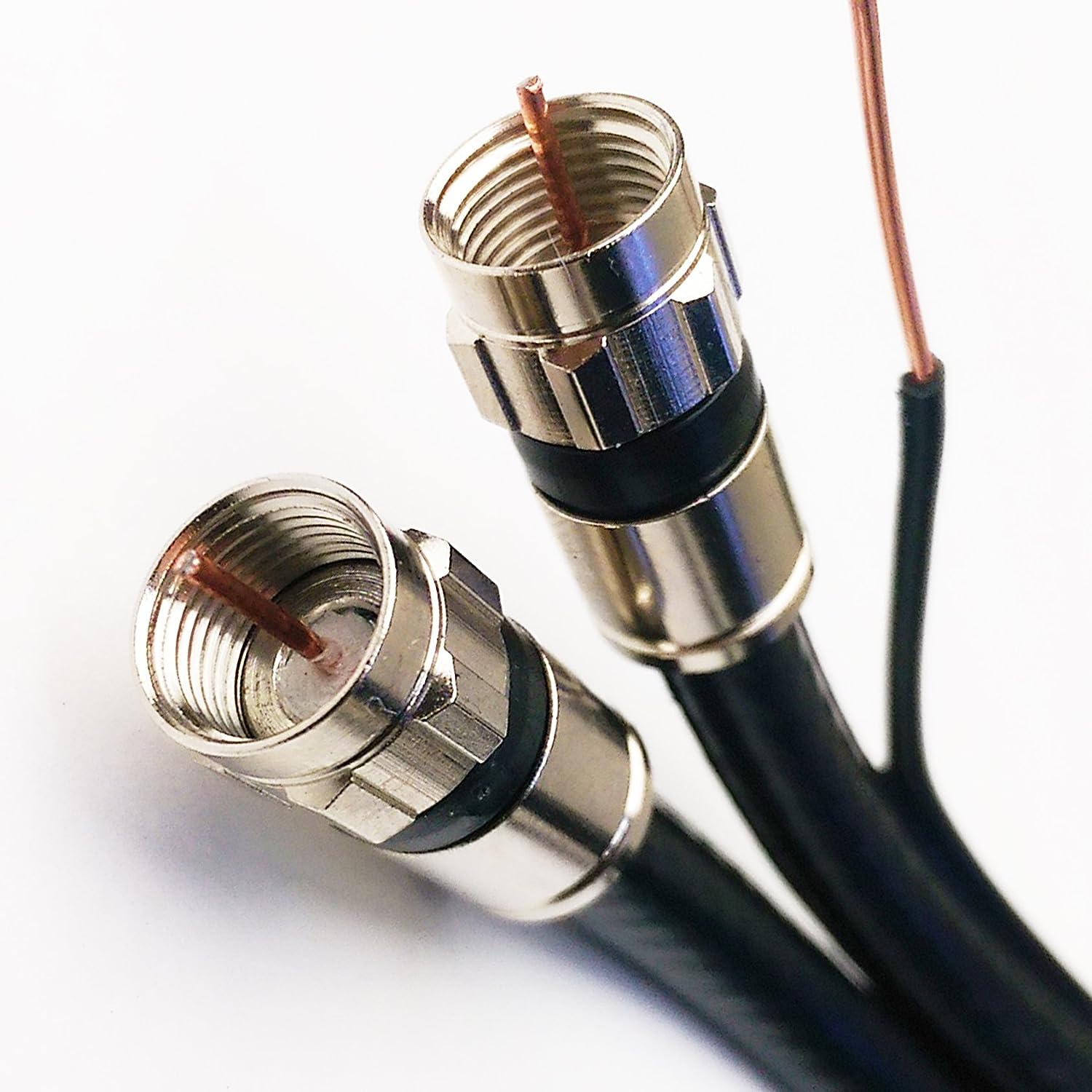

Home Entertainment Systems
What Type Of Coaxial Cable Is Recommended For Digital Television Cable Signals?
Modified: December 21, 2023
Discover the best coaxial cable for digital television cable signals with our expert guide. Ensure top-quality home entertainment systems with the right cable.
(Many of the links in this article redirect to a specific reviewed product. Your purchase of these products through affiliate links helps to generate commission for Storables.com, at no extra cost. Learn more)
Introduction
Welcome to the world of digital television, where crystal-clear images and immersive sound redefine the home entertainment experience. As technology continues to advance, the way we receive and enjoy television signals has evolved significantly. One crucial component in this process is the coaxial cable, a vital link between your television and the digital signal source. Understanding the role of coaxial cables and selecting the right type is essential for optimizing your digital television viewing experience.
In this comprehensive guide, we will delve into the intricacies of coaxial cables for digital television, shedding light on the different types available and the best options for ensuring top-notch signal quality. Whether you are setting up a new home entertainment system or seeking to enhance the performance of your existing setup, this article will equip you with the knowledge needed to make informed decisions regarding coaxial cables for digital television.
So, grab your favorite beverage, settle into your comfiest chair, and join us as we embark on a journey through the realm of coaxial cables, where every twist and turn leads to a clearer, sharper, and more captivating television viewing experience.
Key Takeaways:
- Choose RG-6 or Quad Shield RG-6 coaxial cables for the best digital TV signal quality, ensuring clear, sharp, and uninterrupted viewing pleasure.
- Custom-length coaxial cables minimize signal loss, optimizing signal strength for visually stunning and immersive digital TV viewing experiences.
Read more: How To Receive Television Signal
Understanding Coaxial Cables
Before delving into the specifics of coaxial cables for digital television, it’s essential to grasp the fundamental principles of these crucial components. Coaxial cables, often referred to as coax cables, are designed to transmit high-frequency electrical signals with low loss and minimal interference. The construction of a coaxial cable includes a central conductor, which carries the electrical signal, surrounded by a dielectric insulator and an outer conductor shield. This design effectively minimizes signal loss and external interference, making coaxial cables ideal for transmitting television signals.
One of the key advantages of coaxial cables is their ability to carry high-bandwidth signals over long distances without significant degradation. This makes them well-suited for delivering digital television signals, which demand high data transfer rates to support high-definition and 4K content. Additionally, coaxial cables are known for their durability and resistance to electromagnetic interference, ensuring that the transmitted signals remain robust and reliable.
When it comes to digital television, the quality of the coaxial cable plays a pivotal role in determining the clarity and stability of the received signals. Factors such as cable thickness, shielding effectiveness, and impedance characteristics all contribute to the overall performance of the cable in transmitting digital television signals without degradation.
As we continue our exploration of coaxial cables for digital television, we will unravel the various types of coaxial cables available and their specific applications in delivering pristine television signals to your home entertainment system. So, fasten your seatbelt as we venture deeper into the realm of coaxial cables, where every component and characteristic holds the key to an unparalleled viewing experience.
Types of Coaxial Cables for Digital Television
When it comes to selecting the right coaxial cable for digital television, it’s essential to understand the different types available and their respective characteristics. The following are some of the most common types of coaxial cables used in digital television applications:
- RG-6: RG-6 coaxial cables are widely regarded as the go-to choice for digital television signals. They are designed to handle high-frequency signals and offer enhanced shielding to minimize interference. RG-6 cables are capable of supporting the high data transfer rates required for high-definition and 4K content, making them ideal for modern digital television systems.
- RG-59: While RG-59 coaxial cables were prevalent in older analog television systems, they are not as well-suited for digital television signals. RG-59 cables have higher signal loss and lower bandwidth capabilities compared to RG-6, making them less optimal for transmitting high-definition digital content. As a result, RG-59 cables are generally not recommended for digital television applications.
- Quad Shield RG-6: Quad shield RG-6 cables feature additional layers of shielding, providing enhanced protection against signal interference. These cables are designed to minimize signal loss and maintain signal integrity, making them a reliable choice for demanding digital television setups where signal quality is paramount.
- Plenum-rated Coaxial Cables: In certain installations, such as commercial buildings and residential spaces with specific safety requirements, plenum-rated coaxial cables are mandated. These cables are designed to meet stringent fire safety standards and are suitable for use in air ducts and plenum spaces, ensuring compliance with building codes and regulations.
Each type of coaxial cable has distinct characteristics that influence its performance in transmitting digital television signals. Factors such as signal loss, shielding effectiveness, and compatibility with connectors and splitters play a crucial role in determining the suitability of a coaxial cable for a particular digital television setup.
As we venture further into the realm of coaxial cables for digital television, we will explore the recommended options that deliver optimal performance and signal integrity, elevating your television viewing experience to new heights. So, stay tuned as we uncover the best coaxial cables for ensuring a seamless and immersive digital television experience in your home.
RG-6 coaxial cable is recommended for digital television cable signals. It has a thicker conductor and insulation compared to RG-59, reducing signal loss and interference for better picture quality.
Recommended Coaxial Cables for Digital Television
When it comes to optimizing your digital television viewing experience, selecting the right coaxial cable is paramount. The following are some highly recommended coaxial cables that are well-suited for delivering pristine digital television signals:
- High-Performance RG-6 Cable: RG-6 coaxial cables are widely recognized for their exceptional performance in digital television applications. Look for high-quality RG-6 cables with solid copper conductors, as they offer superior signal conductivity and durability compared to cables with copper-clad steel conductors. Additionally, cables with a thicker, more robust outer insulation provide enhanced protection and longevity, ensuring reliable signal transmission over extended periods.
- Quad Shield RG-6 Cable: For environments where signal interference is a concern, quad shield RG-6 cables are an excellent choice. With multiple layers of shielding, these cables effectively safeguard the transmitted signals from external interference, resulting in clear, artifact-free digital television reception. Whether you’re setting up a home theater system or a multi-room entertainment network, quad shield RG-6 cables offer the reliability and signal integrity needed for uninterrupted viewing pleasure.
- Plenum-Rated RG-6 Cable: In scenarios where safety regulations dictate the use of plenum-rated cables, opting for plenum-rated RG-6 cables ensures compliance while maintaining exceptional signal quality. These cables are specifically engineered to meet strict fire safety standards, making them suitable for installations in air ducts and plenum spaces without compromising signal integrity. By choosing plenum-rated RG-6 cables, you can enjoy peace of mind knowing that your digital television setup prioritizes both safety and performance.
- Custom-Length Coaxial Cables: Tailoring the length of coaxial cables to your specific installation requirements can minimize signal loss and optimize signal strength. Custom-length coaxial cables, precision-cut to the exact dimensions needed for your setup, reduce the potential for signal degradation associated with excess cable length. This customization ensures that the digital television signals reach your display devices with maximum fidelity, resulting in a visually stunning and immersive viewing experience.
By selecting the recommended coaxial cables mentioned above, you can elevate your digital television setup to new heights, ensuring that every frame and sound is conveyed with unparalleled clarity and precision. These cables are engineered to deliver exceptional signal integrity, minimize interference, and provide the reliability needed for a truly immersive home entertainment experience.
As we conclude our exploration of coaxial cables for digital television, armed with the knowledge of the recommended options, you are well-equipped to make informed choices that will enhance your digital television viewing experience. So, go ahead and select the coaxial cable that best suits your requirements, and get ready to embark on a visual and auditory journey that brings every scene to life in stunning detail and vibrant color.
Conclusion
Congratulations on completing this insightful journey through the realm of coaxial cables for digital television. Armed with a deeper understanding of coaxial cables and their pivotal role in delivering pristine television signals, you are now equipped to make informed decisions that will elevate your home entertainment experience to new heights.
Throughout this exploration, we’ve uncovered the essential characteristics of coaxial cables, delved into the different types available for digital television, and highlighted the recommended options that prioritize signal integrity and reliability. By recognizing the significance of factors such as shielding effectiveness, signal loss, and cable construction, you have gained valuable insights into selecting the ideal coaxial cable for your specific digital television setup.
Whether you opt for high-performance RG-6 cables, quad shield RG-6 cables for enhanced interference protection, plenum-rated RG-6 cables for compliance with safety standards, or custom-length coaxial cables tailored to your installation requirements, your choice will play a pivotal role in shaping the clarity and stability of the television signals reaching your display devices.
As you embark on the next steps in refining your home entertainment system, remember that the coaxial cable serves as the conduit through which the captivating visuals and immersive sound of digital television are transmitted. Each frame, each note, and each detail of your favorite content relies on the integrity of the signals carried by the coaxial cable, underscoring the significance of selecting the right cable for your setup.
So, with your newfound knowledge and appreciation for the nuances of coaxial cables, go forth and curate a digital television experience that captivates your senses and brings every moment to life in stunning clarity and richness. Whether it’s a thrilling blockbuster, a mesmerizing nature documentary, or a heart-pounding sports event, your chosen coaxial cable will stand as the steadfast conduit, ensuring that every pixel and sound wave is faithfully delivered to your eager eyes and ears.
Thank you for joining us on this enlightening journey, and may your future digital television endeavors be filled with uninterrupted viewing pleasure and awe-inspiring audiovisual immersion. Here’s to a world of entertainment where every detail shines and every moment resonates, all made possible by the humble yet indispensable coaxial cable.
Frequently Asked Questions about What Type Of Coaxial Cable Is Recommended For Digital Television Cable Signals?
Was this page helpful?
At Storables.com, we guarantee accurate and reliable information. Our content, validated by Expert Board Contributors, is crafted following stringent Editorial Policies. We're committed to providing you with well-researched, expert-backed insights for all your informational needs.


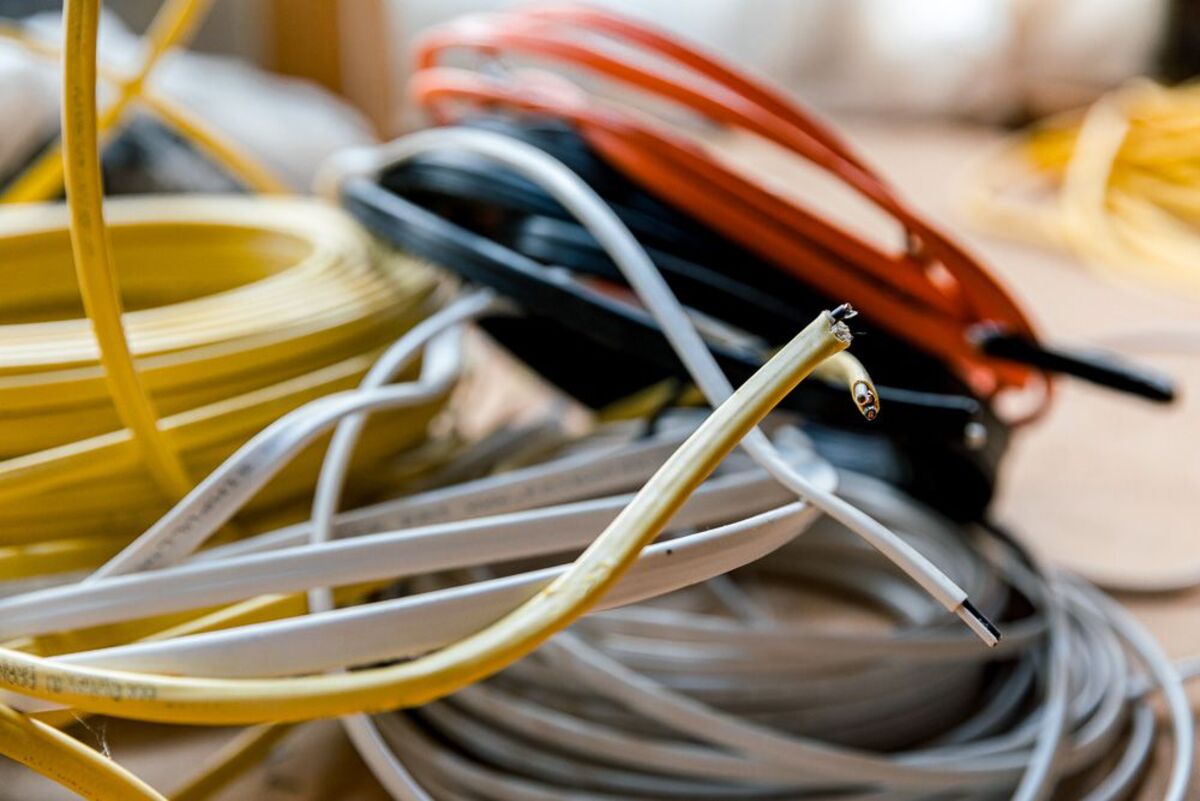
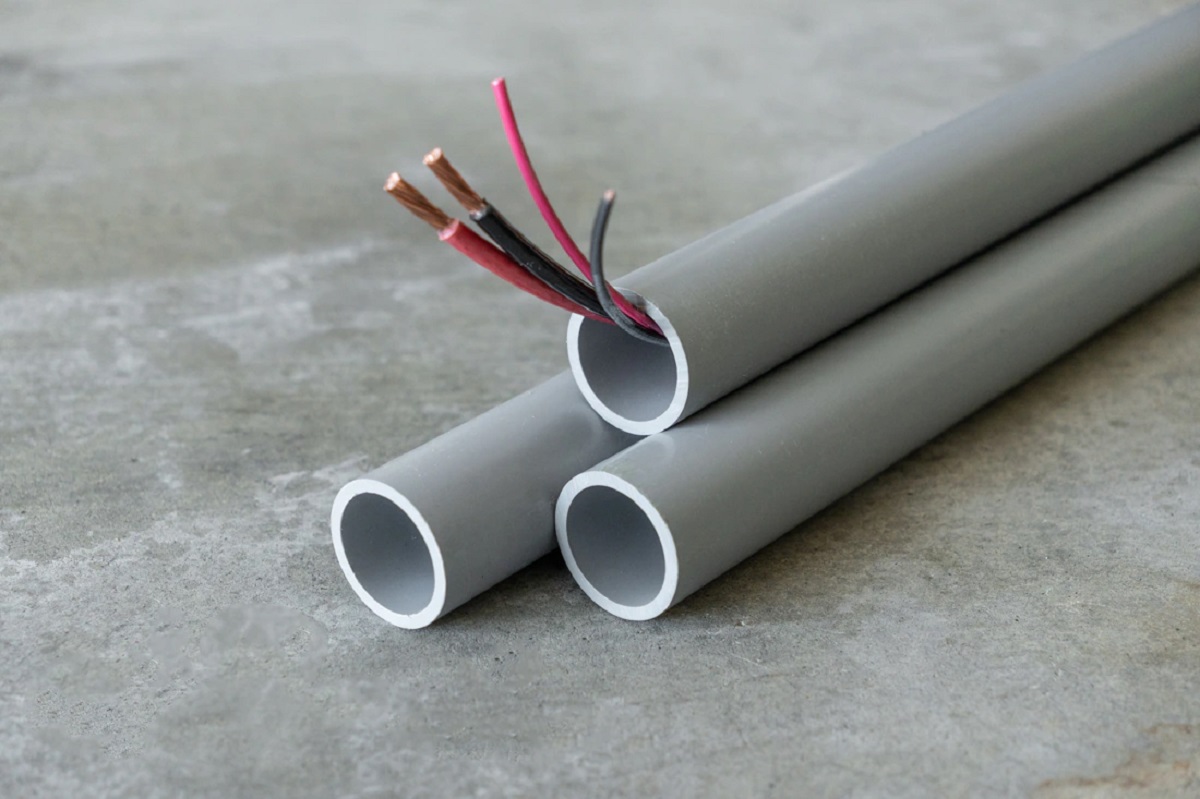

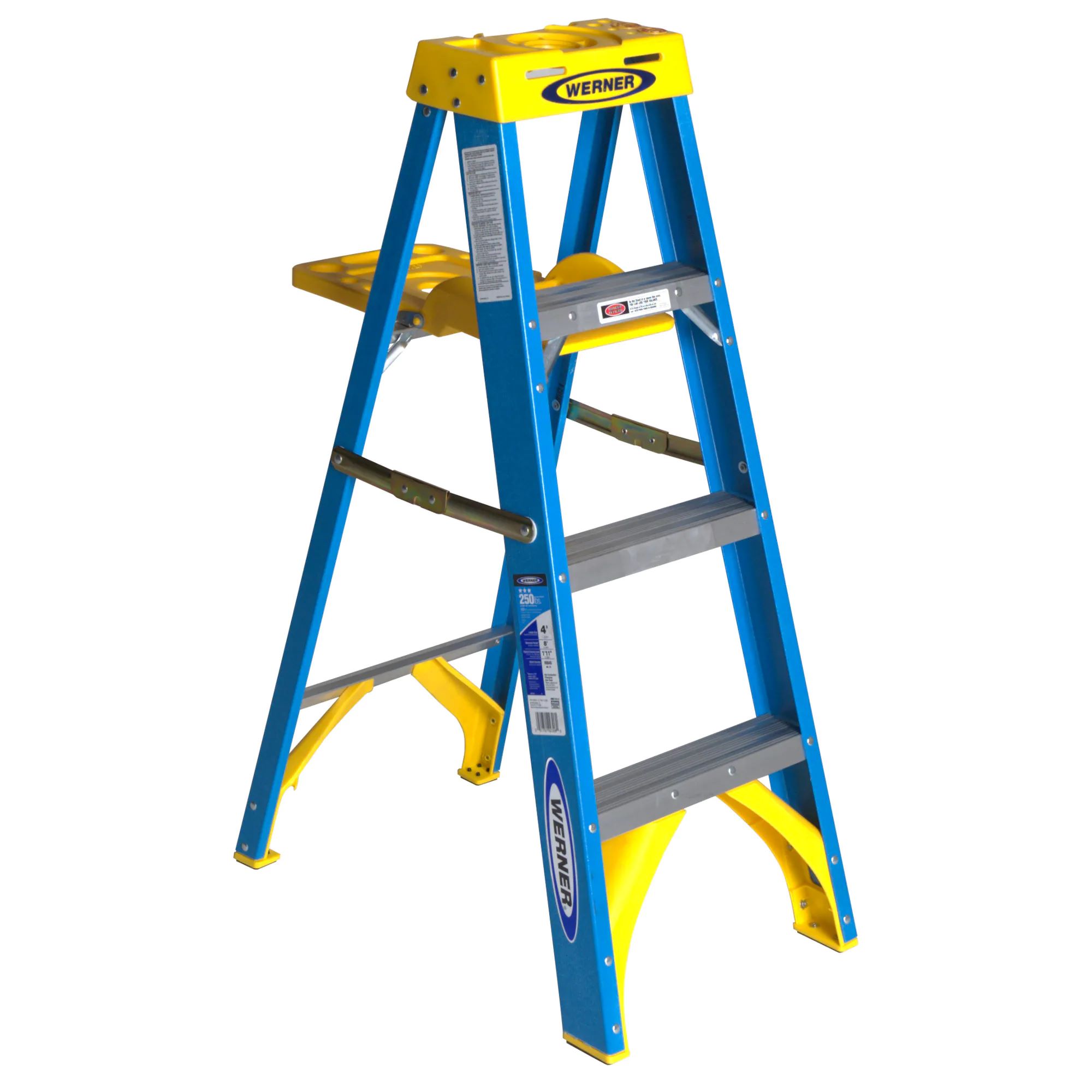
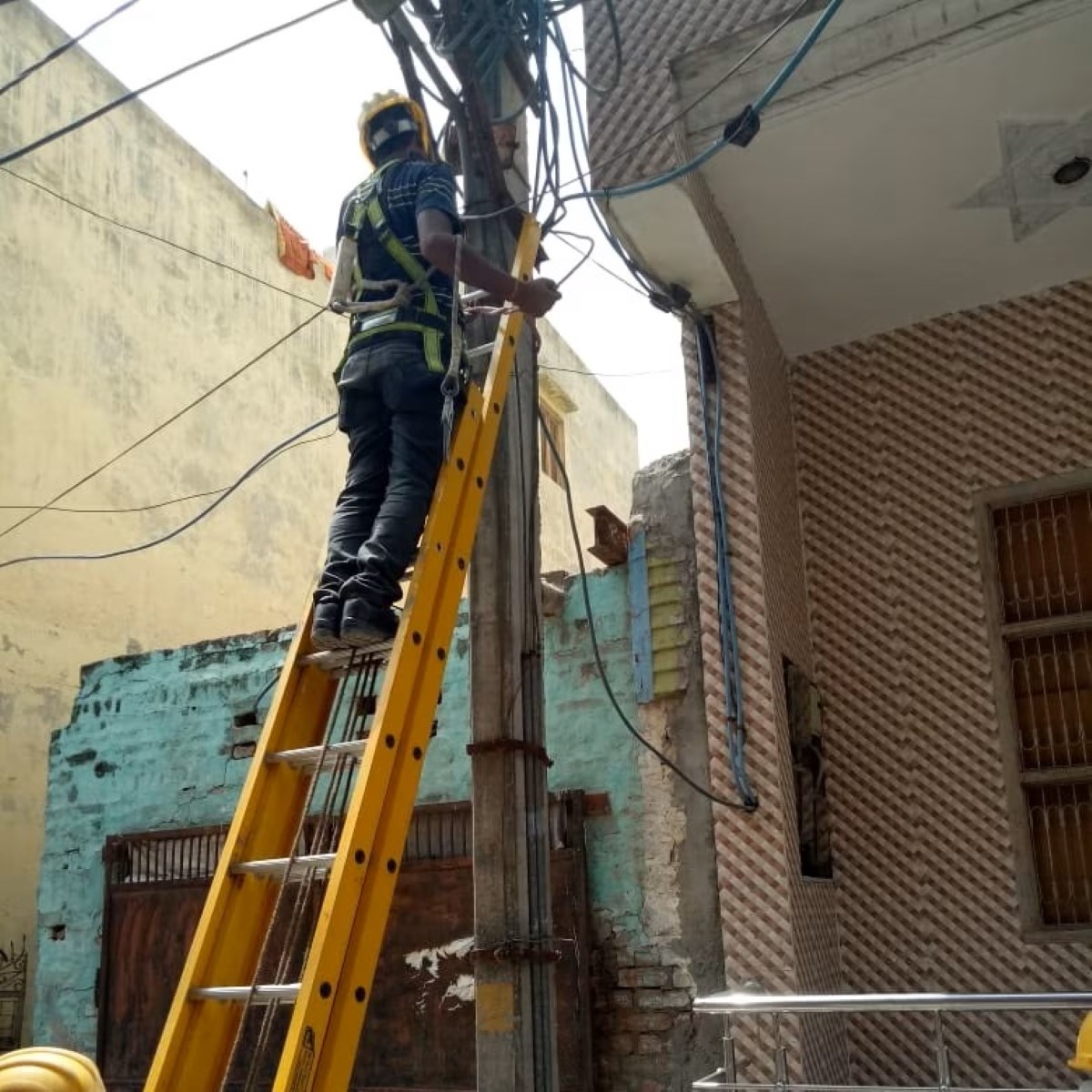

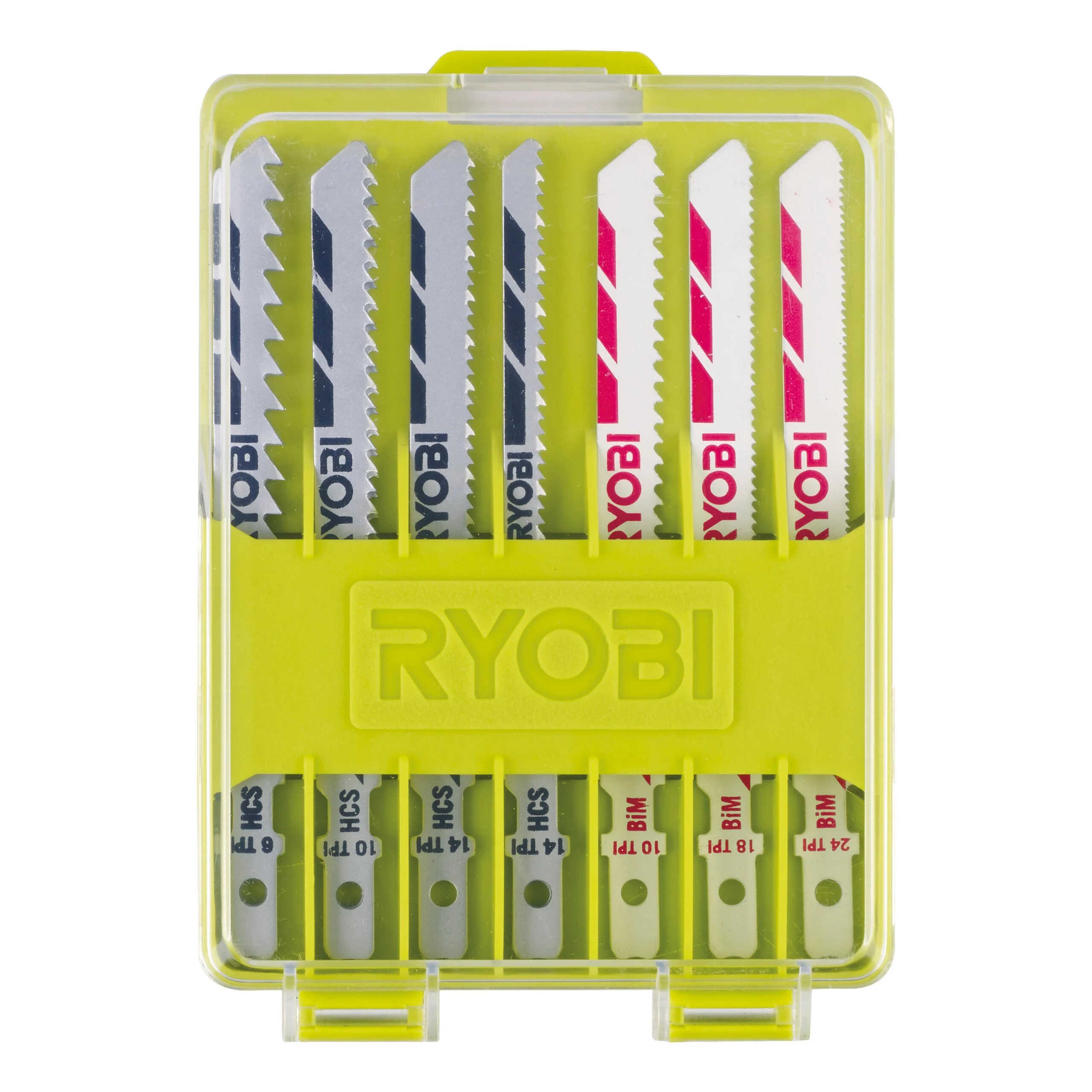

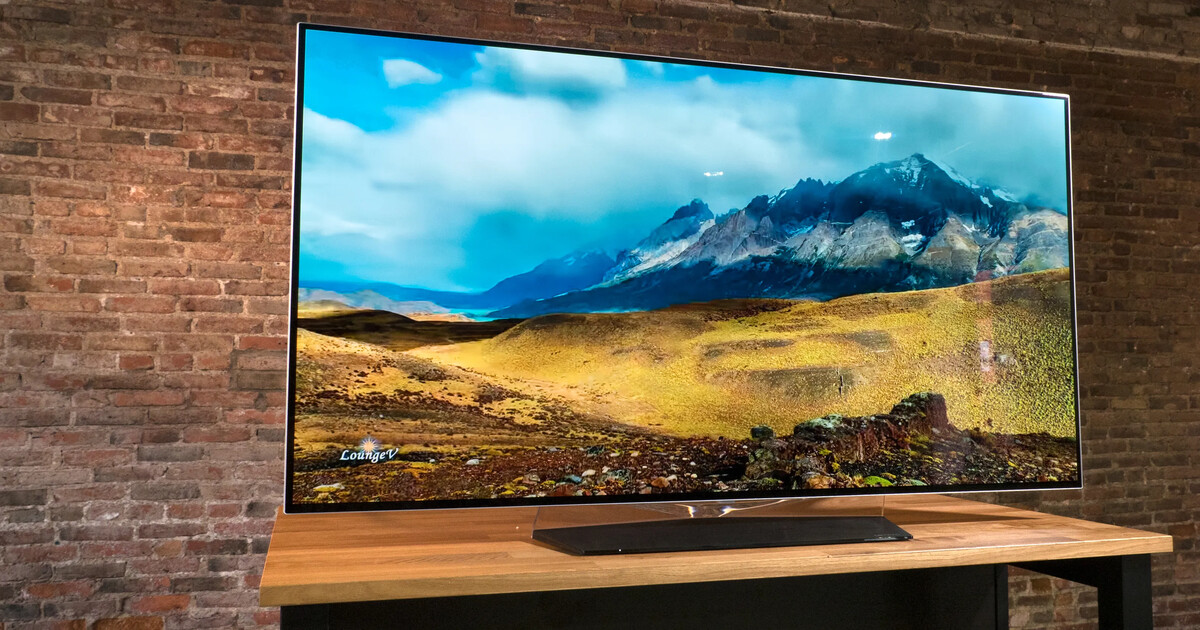



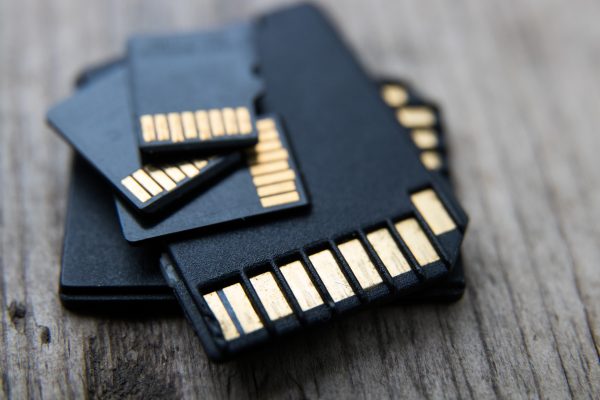

0 thoughts on “What Type Of Coaxial Cable Is Recommended For Digital Television Cable Signals?”